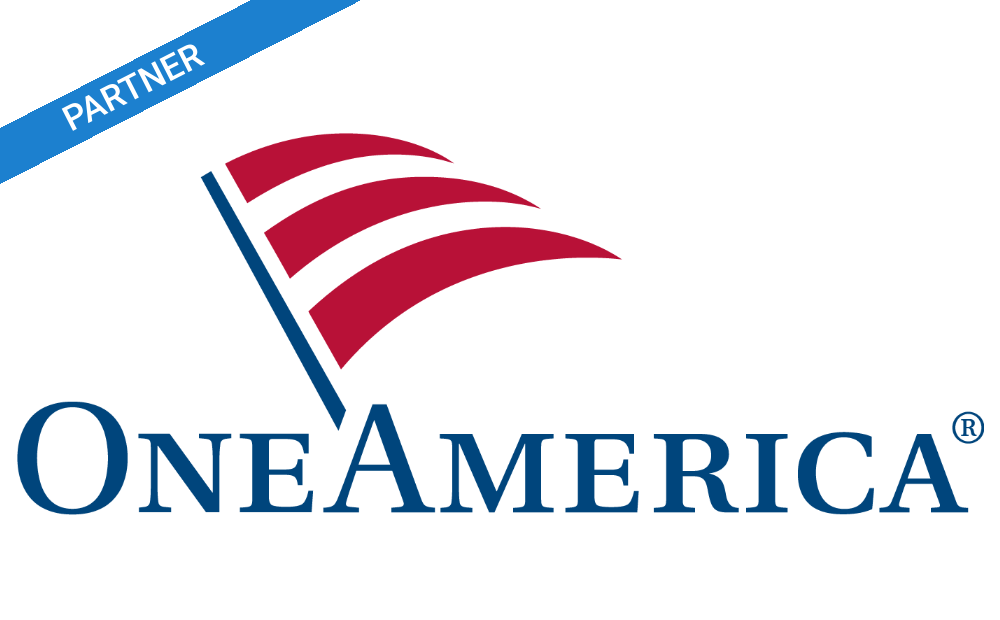Are you uncertain about how to find the most suitable professional employer organization (PEO) for your company?
Have you explored all your options? After all, not all PEOs are the same.
Deciding which one offers the best service, the greatest value, and the type of expertise that your organization needs isn’t always so simple.
Be a well-informed buyer. Before you choose a PEO, ask each company these eight questions.
1. How experienced are your service team members?
Are the PEO’s service team members experts in their fields? Do they have the experience and qualifications needed to serve your business? Ask direct questions to make sure the PEO can adequately handle a company of your size, in your industry, and with your HR needs. Find out if the PEO’s payroll and HR specialists have strong professional training or certifications as well as practical experience.
Are they familiar with the laws governing the cities and states in which you do business? If your company does business in states that have many or complex employment laws, such as California, Massachusetts, and New York, it may be beneficial for the PEO you select to be well-versed in the laws of those states. A history of working in these various legal and regulatory environments is ideal.
2. How do you communicate with your clients? Can I meet the people who would be servicing my account?
Some PEOs are strictly web-based. These PEOs typically deliver their services and support through online, self-service applications. They’re best suited for do-it-yourselfers.
Other PEOs offer fully staffed offices around the country. These companies typically provide more person-to-person service and support. And if you join one with a nearby office, you may have opportunities to meet the PEO’s service team in person.
3. What is your “staff support ratio”?
The staff support ratio is the number of the PEO’s service team members to the total number of their client companies’ employees. This can be a good metric to compare the level of service you can expect from one PEO to another.
A PEO that provides one service team member for every 2000 client employees may be less attentive to your needs than a PEO that provides one service team member for every 200 client employees.
4. May I see your service agreement?
Looking at the fine print will help you make sure there’s nothing that would prevent you from taking the next step.
And be sure to ask your PEO representative about any terms that are vague or problematic.
5. Do you carry employment practices liability insurance (EPLI)? What coverage would my company gain by joining your PEO?
EPLI can help protect your business from the financial consequences associated with a variety of employment-related lawsuits, such as wrongful termination or noncompliance with the Americans with Disabilities Act.
Many PEOs provide EPLI coverage that you would otherwise not have considered. Knowing how much coverage you’re gaining (if any) can help you compare the level of risk management you would get with one PEO versus another.
6. How much should I expect my PEO service fee to increase each year?
To be sure the PEO can offer you long-term cost savings, find out, on average, how much the PEO’s service fees have increased over the past few years. The best-value PEOs can keep annual service fee increases down.
7. How are employee benefits funded?
The PEO should answer the following questions:
- Is the PEO’s group health plan sponsored by the PEO? Or would you retain plan sponsorship and fiduciary responsibilities?
- Is the plan fully insured, or self-funded? Under a fully insured group health plan, the benefits are provided through a group insurance policy issued by an insurer and the insurer guarantees the payment of claims. In contrast, under a self-funded plan, the employer (not the insurer) is responsible for funding the claims.
- What carriers or third-party administrator (TPA) does the PEO use? If health benefits are provided under a fully insured, PEO-sponsored plan, you will want to make sure the PEO’s insurance carriers are reputable and provide coverage in the areas where you have employees. If benefits are provided under a self-funded plan, the PEO will typically have a TPA that handles plan administration functions the insurer would typically handle under a fully insured plan.
- Is the TPA or carrier authorized to do business in your state? If it isn’t, the PEO may not be able to provide insurance to employees in that state. If this is the case, how has the PEO addressed this matter with its clients?
8. Are you a CPEO?
In 2014, The Small Business Efficiency Act (SBEA) set out to clarify the relationship between a PEO and its customers for the purpose of federal payroll taxes. The intent of the law was to give more structure to who is responsible for what and how eligibility for certain tax credits is defined.
Out of this, a new classification program for PEOs was born – the certified professional employer organization (CPEO).
There are several benefits to choosing a CPEO over a non-certified PEO, including:
- A CPEO, certified by the IRS, is solely liable for the payment of federal employment taxes on wages it pays to worksite employees.*
- In most cases, your business retains the ability to obtain certain tax credits when in a CPEO relationship.
- When you enter into the relationship, your wage base doesn’t start over – the CPEO gets to succeed to the wage base of the employees of the customer coming into the relationship – so there’s no longer a double payment of taxes.
Intrigued? To learn more read, What is a CPEO? Here’s your easy-to-understand guide.
*The IRS does not endorse any particular certified professional employer organization. For more information on certified employer, organizations go to www.IRS.gov.
Do your homework
Before you make a final decision on a PEO, it’s important to be a savvy consumer. Problems arise when business owners don’t understand the details and think they’re getting something they’re not.
Get a deeper understanding of why these are must-ask questions when you download our free e-book, A Buyer’s Checklist: How to Compare Professional Employer Organizations. Read it today to learn how to make shrewd comparisons between PEOs and choose the best one for you.
Insperity is an Educational Partner to NAIFA as well as a supporter of NAIFA's Business Performance Center. For members, you can learn more about Insperity and how to partner within the Member Portal.











